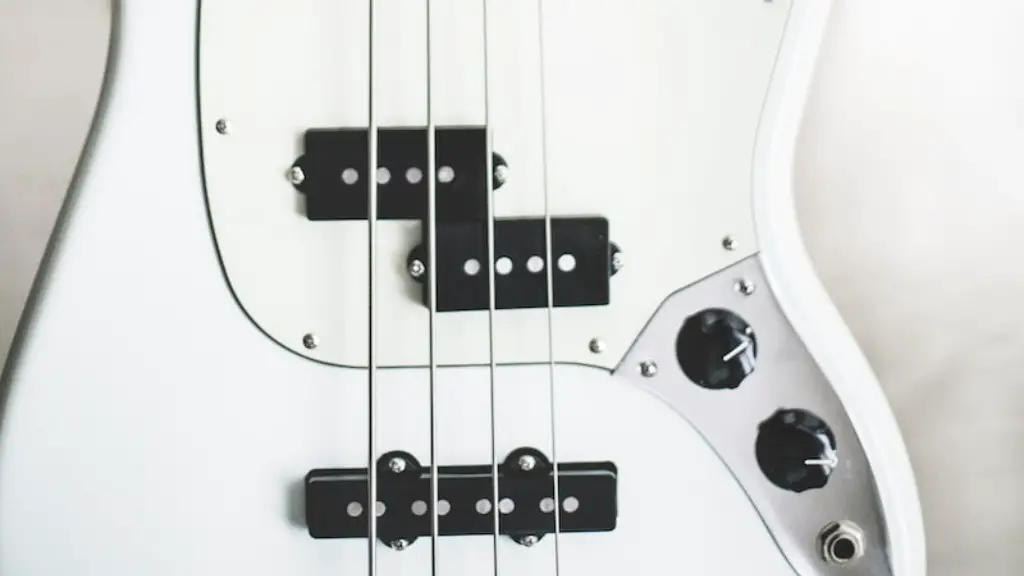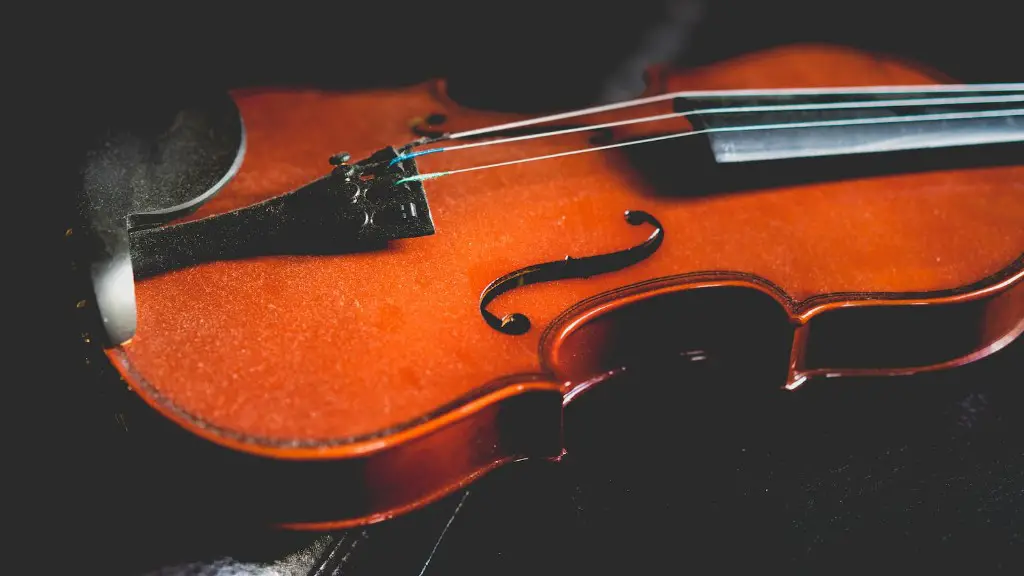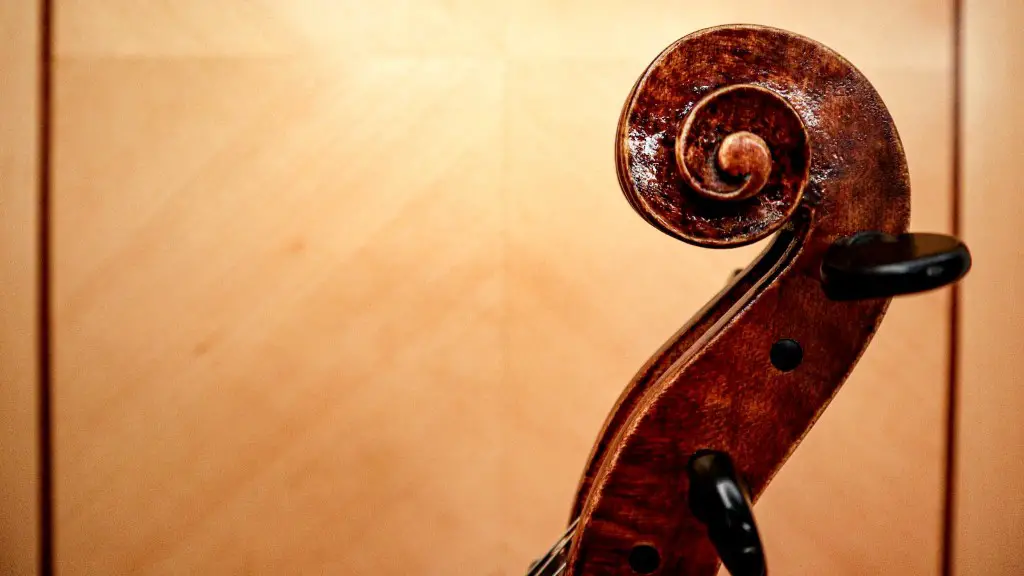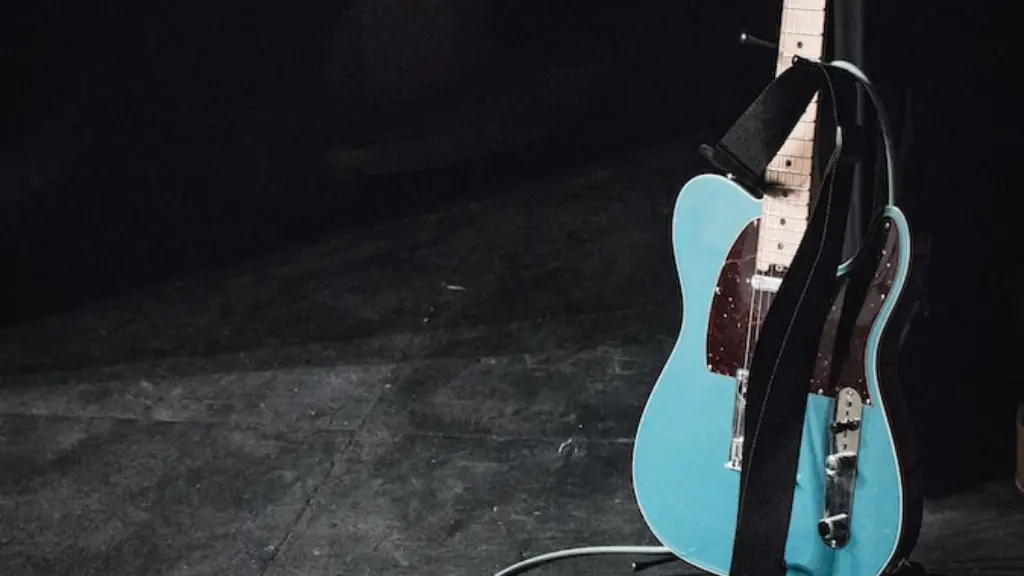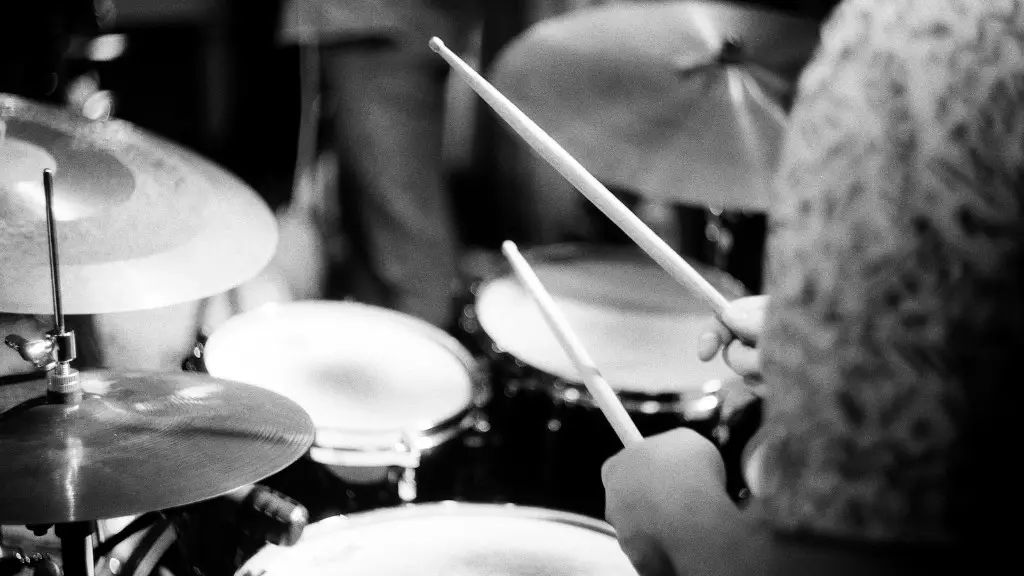An electric guitar amp is an important part of your guitar setup. It allows you to play louder, shape your sound and create unique effects.
To use an electric guitar amp, you’ll need a guitar cable and a patch cord. Connect the guitar cable from your guitar to the “Input” jack on the amp. Then connect the patch cord from the “Output” jack to a loudspeaker or mixer.
Turn on the power switch, set all knobs to their lowest setting, and gradually adjust them to get your desired sound. Make sure to turn down all volumes when not in use, as it can damage both your amp and speakers.
Playing an electric guitar without an amp is not recommended; without it, your sound will be weak and lack clarity. Using an electric guitar amp is a great way to customize your sound and take your music to new heights.
So if you’re ready to take your playing experience up a notch, get yourself an electric guitar amp, plug in, and start jamming!
Choosing the Right Amplifier for Your Electric Guitar
Finding the right amplifier for your electric guitar can be a daunting task. It’s important to understand the various components and features that an amp can offer, as well as what type of sound you’re looking for. A good electric guitar amp should be able to provide clean and powerful sound, as well as offer a range of effects and distortions. It should also have enough power to handle your guitar’s signal without overloading or distorting it.
When choosing an amplifier, consider the type of music you play and how much volume you need. If you play in a band or are looking to create heavier tones, you might want to look into higher wattage amps with higher gain settings. If you’re mainly playing at home or in smaller venues, lower wattage amps may suffice. Also consider the size and portability of the amp – if you plan on taking it with you on gigs, make sure it is lightweight and easy to transport.
Finally, try out several different amps before making your decision – get a feel for how each one sounds and responds to different levels of input. Take time to experiment with various settings until you find the one that works best for your style of music. Don’t forget that all amplifiers have their own unique characteristics – so trust your ears when making your final selection.
Adjusting the Volume and Tone Knobs on Your Amp
Tuning your electric guitar amp is essential to getting the sound you want. Every amp has a volume and tone knob, which are used to adjust the sound of your guitar. The volume knob controls how loud your sound will be, while the tone knob adjusts the brightness and clarity of your sound.
To get started, turn the volume knob up until you hear a strong output from your amp. Then lower it until it’s at a comfortable level. The tone knob can then be adjusted to get the desired sound. As you turn it clockwise, you’ll hear a brighter and sharper sound; turning it counterclockwise will give you a softer and mellower tone.
Make sure to experiment with different settings until you find one that suits your needs. You may need to adjust the settings for different types of music or for playing in different environments. With practice, you’ll soon have your amp sounding exactly how you want it!
Setting Up a Multi-Effect Pedal with Your Amp
Using an electric guitar amp with a multi-effect pedal can drastically improve your sound and give you access to a wide range of tones. Setting up your amp and pedal correctly is essential for getting the best sound out of your rig. Before you start, make sure you have all the necessary cables, adapters, and power supplies.
Once everything is connected properly, you will need to adjust the settings on the multi-effect pedal. You can use the knobs and buttons to control volume, tone, reverb, delay, and other effects. Make sure to experiment with different settings until you find a sound that works for you.
When setting up an amp with a multi-effect pedal, it’s important to make sure the pedal’s output level matches the input level of your amp. You should also consider where in your signal chain you want to place the pedal – if it’s too far away from your amp, it may not be able to affect all of its sounds. Finally, if you are using multiple pedals at once, make sure they are set up in the correct order for optimal performance.
Positioning Your Amp for Maximum Effect
Using an electric guitar amp can be tricky, but if you position it properly, you can get the most out of your sound. One of the most important factors to consider is where in the room your amp should be positioned. To get the best sound, place your amp away from walls and other reflective surfaces like windows or furniture. This will help prevent your sound from becoming too muddy or metallic. Additionally, make sure that your amp is angled towards you so that it projects the sound directly to you. This will help ensure that you’re getting the most out of your amp’s volume and clarity.
When setting up an amp for a band practice or performance, make sure to position it in a way that all band members can hear it evenly. This may require placing it in the center of the room or at an angle between two musicians who are facing each other. Also, keep in mind that amps tend to feedback more when they’re placed on raised surfaces, so avoid putting them on a drum riser or table.
When using an electric guitar amp, making sure it’s properly positioned is key to getting great sound. Taking into account factors such as room acoustics and proximity to other instruments will help ensure that you maximize your tone and get the best possible results.
Utilizing Cabinet Resonance and Reverb Effects
Adding cabinet resonance and reverb effects to your electric guitar amplifier can dramatically enhance your sound. Cabinet resonance is the natural sound created by your amplifier’s speaker, giving your tone a more “live” feel. Reverb is an artificial effect that adds depth and texture to your sound by simulating the sonic reflections of a real space. Both of these can be used to great effect when playing live or recording in the studio.
To get started, begin by setting the amplifier’s volume level to where you want it. Then adjust the EQ controls to get the desired sound. If you are using an amp with onboard reverb, set it to a low-medium level so it doesn’t overwhelm the other effects. Finally, turn up the cabinet resonance until it reaches a level that sounds good to you. This will give your tone a fuller, richer sound with more depth and character.
The key to getting great results when utilizing cabinet resonance and reverb effects is experimentation. Take some time to play around with different settings and find what works best for you. Don’t be afraid to try out different combinations of EQ settings and reverb levels until you find something that sounds great! With practice, you can create some truly unique tones that will make your music stand out from the rest.
Troubleshooting Common Electric Guitar Amplifier Problems
Electric guitar amplifiers are complex pieces of equipment that can have a variety of problems. Fortunately, most issues can be solved with a few simple steps. The first thing you should do is check the power source and make sure it is connected properly. If the amplifier still isn’t working, you may need to try different cables or check the connections on each component. If there is no sound coming from your amp, check the settings on your guitar to make sure they are set correctly. You may also need to replace certain parts or adjust the volume or tone knobs to get the desired sound. If your amp is producing distorted sounds, check if any of the speaker cables are loose. Lastly, if you notice that your amp is making crackling noises, it could be due to a faulty capacitor or other electronic component that needs to be replaced. Troubleshooting common electric guitar amplifier problems can help you keep your gear in tip-top shape for years to come.
Closing Words
Using an electric guitar amp is a great way to amplify your sound and make your performance more powerful. The key is to make sure you take your time to select the right amplifier for your guitar, as the wrong one or too much power can damage your instrument. Additionally, be sure to read the manual for the amp, pay attention to settings and adjust them accordingly for optimal tone and volume. Finally, don’t forget to practice regularly in order to get comfortable with using the amp.
In conclusion, using an electric guitar amp is a simple process that can help you get amazing results if done correctly. Just remember that practice makes perfect and take time to familiarize yourself with all of its features before you rock out with it on stage!
